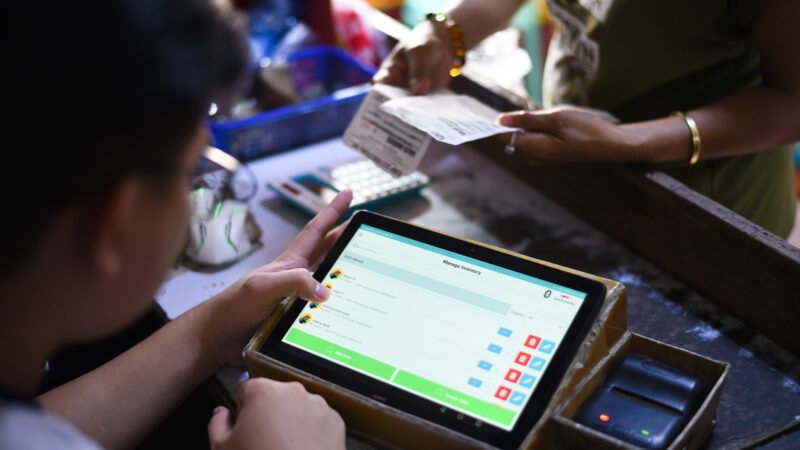Protecting Your Organization from the WCry Ransomware
Ransomware has become the fastest growing malware threat, targeting everyone from home users to healthcare systems to corporate networks. Tracking analysis shows that there has been an average of more than 4,000 ransomware attacks every day since January 1, 2016.
On May 12, FortiGuard Labs began tracking a new ransomware variant that spread rapidly throughout the day. It is a highly virulent strain of a self-replicating ransomware that has impacted such far-flung organizations as the Russian Interior Ministry, Chinese universities, Hungarian and Spanish telcos, and hospitals and clinics run by the British National Health Services. It is especially notable for its multi-language ransom demands that support more than two-dozen languages.
This ransomware is being referred to by a number of names, including WCry, WannaCry, WanaCrypt0r, WannaCrypt, or Wana Decrypt0r. It is spread through an alleged NSA exploit called ETERNALBLUE that was leaked online last month by the hacker group known as The Shadow Brokers. ETERNALBLUE exploits a vulnerability in the Microsoft Server Message Block 1.0 (SMBv1) protocol.
Note: More information below as well as in these other related blogs.
Critical Update: WannaCry Ransomware
WannaCry: Evolving History from Beta to 2.0
Affected Microsoft products include:
· Windows Vista
· Windows Server 2008
· Windows 7
· Windows Server 2008 R2
· Windows 8.1
· Windows Server 2012 and Windows Server 2012 R2
· Windows RT 8.1
· Windows 10
· Windows Server 2016
· Windows Server Core installation option
Microsoft released a critical patch for this vulnerability in March in Microsoft Security Bulletin MS17-010. That same month, Fortinet released an IPS signature to detect and block this vulnerability. And we released new AV signatures today to also detect and stop this attack. Third party testing also confirms that Fortinet Anti-Virus and FortiSandbox effectively block this malware. Details about IPS and AV signatures are included at the end of this article.
We strongly advise all customers take the following steps:
• Apply the patch published by Microsoft on all affected nodes of the network.
• Ensure that the Fortinet AV and IPS inspections as well as web filtering engines are turned on to prevent the malware from being downloaded, and to ensure that web filtering is blocking communications back to the command and control servers.
• Isolate communication to UDP ports 137 / 138 and TCP ports 139 / 445.
We also recommend that users and organizations take the following preventive measures:
· Establish a regular routine for patching operating systems, software, and firmware on all devices. For larger organizations with lots of deployed devices, consider adopting a centralized patch management system.
· Deploy IPS, AV, and Web Filtering technologies, and keep them updated.
· Back up data regularly. Verify the integrity of those backups, encrypt them, and test the restoration process to ensure it is working properly.
· Scan all incoming and outgoing emails to detect threats and filter executable files from reaching end users.
· Schedule your anti-virus and anti-malware programs to automatically conduct regular scans.
· Disable macro scripts in files transmitted via email. Consider using a tool like Office Viewer to open attached Microsoft Office files rather than the Office suite of applications.
· Establish a business continuity and incident response strategy and conduct regular vulnerability assessments.
· If your organization has been affected by ransomware, here are some things to do:
· Isolate infected devices immediately by removing them from the network as soon as possible to prevent ransomware from spreading to the network or shared drives.
· If your network has been infected, immediately disconnect all connected devices.
· Power-off affected devices that have not been completely corrupted. This may provide time to clean and recover data, contain damage, and prevent conditions from worsening.
· Backed up data should be stored offline. When an infection is detected, take backup systems offline as well and scan backups to ensure they are free of malware.
· Contact law enforcement immediately to report any ransomware events and request assistance.
The security of our customers’ systems is of paramount importance to Fortinet. We are actively monitoring the situation to respond to any new malicious behavior and will reach out immediately if new developments are discovered.
- Kaspersky Lab helps uncover vulnerabilities on gas stations by hackers - February 12, 2018
- 26-percent of Ransomware Attacks now target business - November 30, 2017
- The Battle is on to Fight Human Immunodeficiency Virus (HIV) - November 27, 2017






